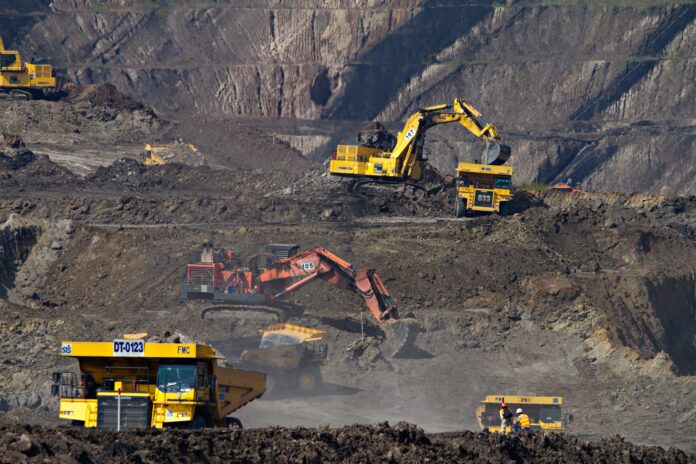As the conflict between Ukraine and Russia escalated, several mining sectors were also affected. Recently, the price of coal commodities has become increasingly unstoppable, touching US$271 per metric ton.
Previously, the ICE Newcastle exchange recorded that coal commodity prices touched an all-time high of SU$272.5 per metric ton on October 5, 2021. The record was set at a time when the world was facing an energy crisis last year.
Currently, the stock exchange closed trading on Thursday (24/2/2022) with a 1.80 point strengthening to US$239.50 per metric ton for spot contracts. On the other hand, the March contract experienced a sharp increase of 33.85 points at US$271 per metric ton.
This strengthening also occurred for monthly contracts until the end of the year. In April 2022, the stock exchange traded coal for US$247 per metric ton, an increase of 34.90 points. Then the May contract was traded at US$228 per metric ton, up 33.40 per metric ton.
This price increase occurred after Russian President Vladimir Putin sent a special military operation to Ukraine on Thursday (24/2/2022). This situation causes uncertainty in energy commodities. Not only coal, oil, and gas are also being lifted as a result of this situation.
Statista noted that in 2020, Russia produced at least 638.5 million cubic meters of gas, the second-largest gas producer after the United States at 914.62 million cubic meters. Europe is one of the biggest consumers of gas supplies from the Red Bear Country.
However, Energy Watch Executive Director Mamit Setiawan explained that this situation could be a windfall for Indonesia. This is because the conflict will increase commodity prices.
“In the future, PNBP [non-tax state income] will automatically increase. Then also in terms of taxes, there will be an increase,” he said, quoted from Bisnis, Thursday (24/2/2022).
This condition is expected to be used as a momentum to achieve lifting and annual production targets as well as until 2030. In addition, Cooperation Contract Contractors (KKKS) can compete to increase drilling so that they can maintain or increase their productivity.
In addition, the implementation of enhanced oil recovery or EOR technology also needs to be accelerated to achieve the oil and gas lifting target of 1 million barrels of oil per day (BOPD) and 12 billion standard cubic feet per day (BSCFD) by 2030.
On the other hand, tensions in Eastern Europe will deal a blow to the downstream sector. From the strengthening of world oil and gas prices, the burden of subsidies will increase due to rising oil prices.
This condition will also have an impact on increasing the Indonesian crude price (ICP). This subsidy burden does not only occur in the electricity sector but also occurs in the fuel sector. If this situation continues, inflation may increase.
“Certainly Pertamina will be even more devastated if for example Pertamax and Pertalite are not increased. Unless the government wants to give compensation to 100 percent. If we look at Presidential Decree 117/2021, only 50 percent [compensated] and even then with a mixed composition of Premium,” he explained.



















